 |
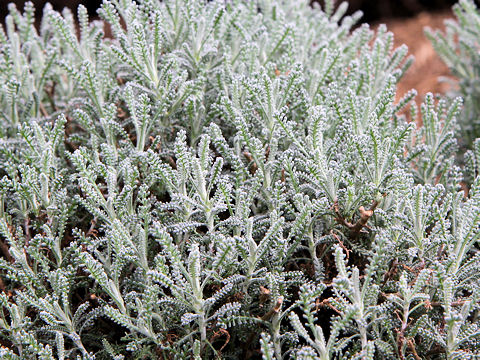

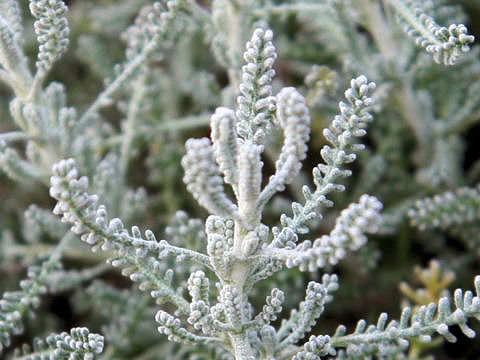

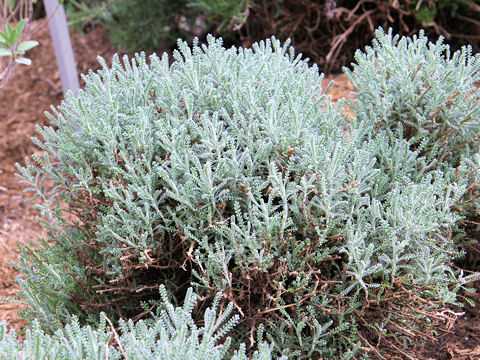

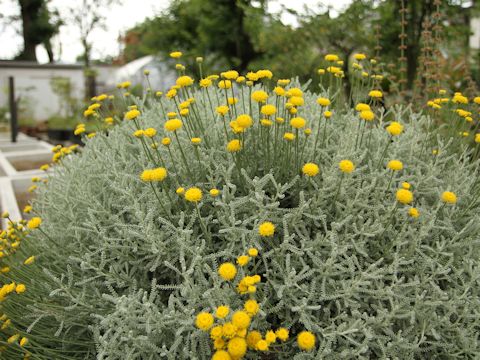

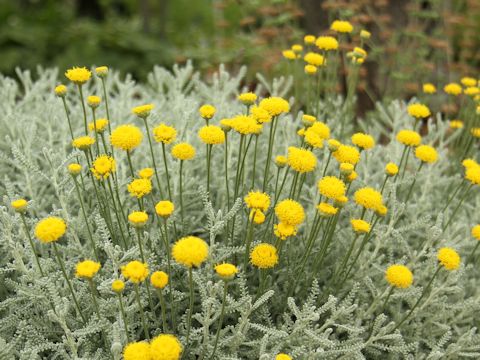

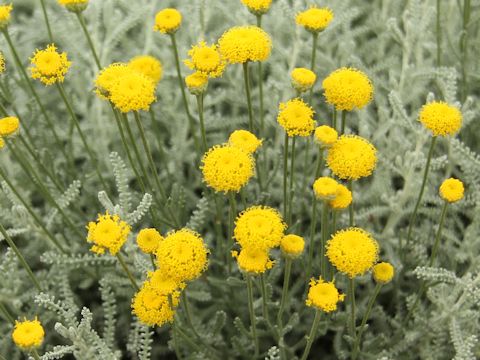

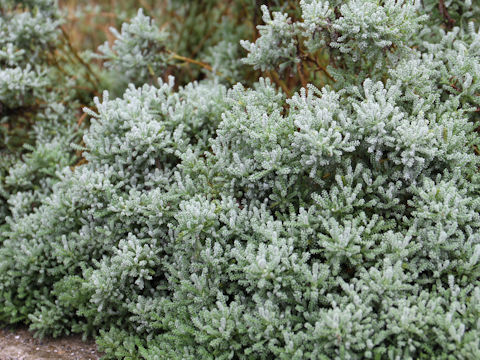

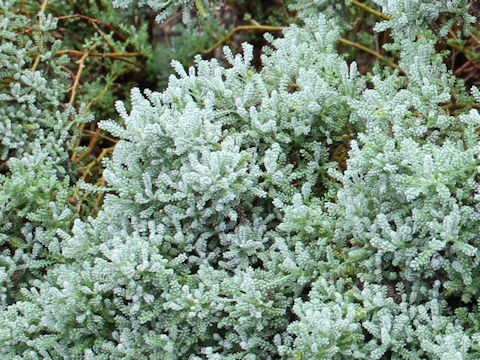

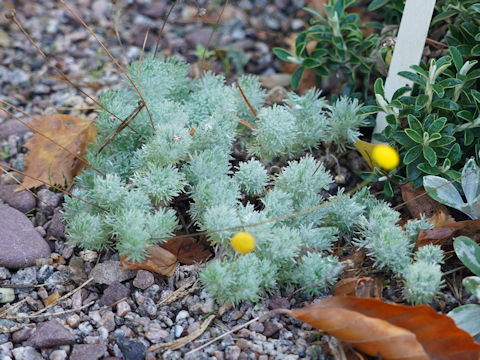

|

|
ìtXânCݪ´YÅ·B£µ½çhâ»âInAÆÉÎDânɶ¦A³ÍUO`POOZ`ÉÈèÜ·B}Íæª}µÄAtÉÍDFÌÈÑ𧶵ĢܷBÁLÌèª èA|vâhÜÉp³êÜ·¡V©çW²ëAW©FÌÔð穹ܷBʼÅuí½·¬¬iÈejvÆàÄÎêACObV
K[fÌæèÉDñÅgíêÜ·B
|

|
LNÈ^XMMN®ÌíάáØÅAw¼Í Santolina chamaecyparissusBp¼Í Cotton lavenderB
|

|
The Cotton lavender (Santolina chamaecyparissus) belongs to Asteraceae (the Aster family). It is an evergeen subshrub that is native to southern France and the coastal areas of the Mediterranean. This herb grows in arid banks or screes, usually on limestone soils and can reach 60-100 cm in height.It is much branched and the leaves are covered thickly with grayish-white wooly hairs. It has a characteristic aroma and used for potpourris, repellent or edging of gardens. The pale yellow flower-heads come in July through August. It is also known as "watasuge-giky" in Japan, it is a favorite for borders in English gardens.
|

|
[ãEP] ºÉ§Á¼suºÉ§t[Z^[vÉÄA2006N1205úBeB
[Q] Qn§Vð¬uò¤vÉÄA2008N0330úBeB
[R`T] siìæu¯òÈåwvÉÄA2013N0601úBeB
[UEV] ªsæuªsA¨vÉÄA2017N1006úBeB
[º] CMXEXRbghEEFX^[XuCF
[ëvÉÄA2023N0806úBeB(photo by Jon Suehiro)
|










